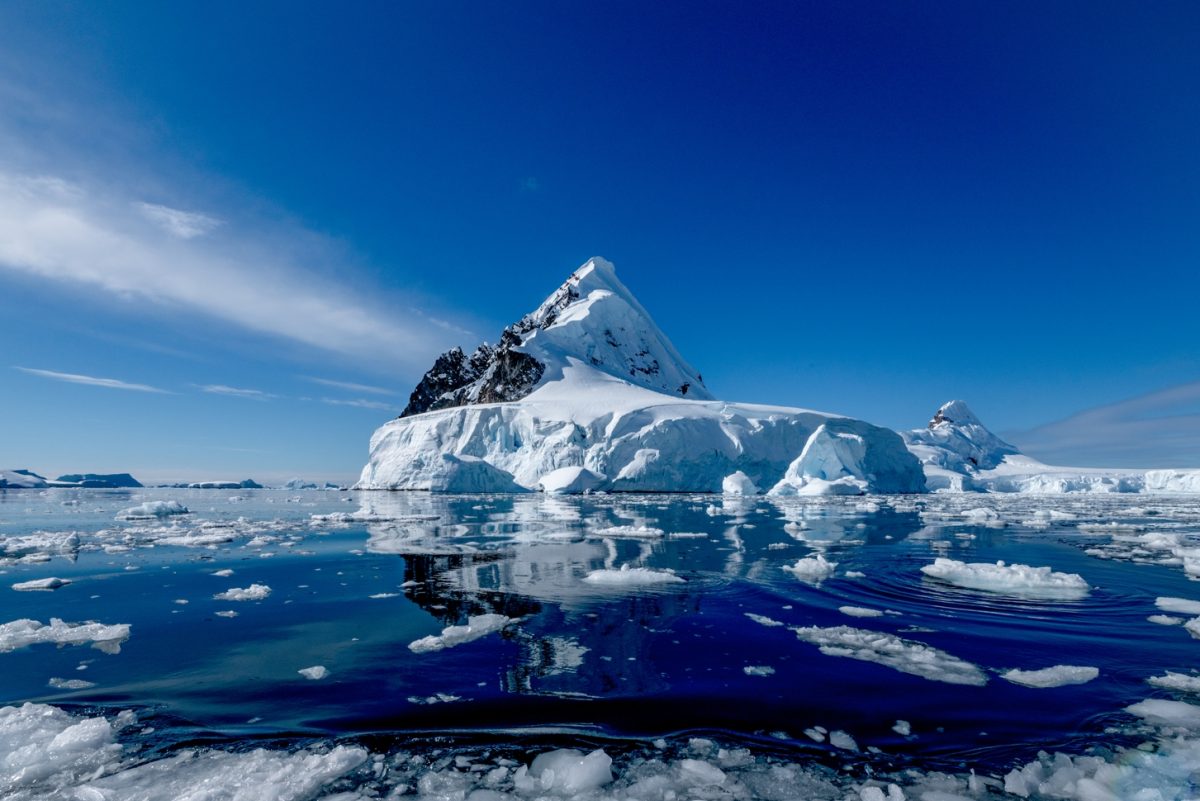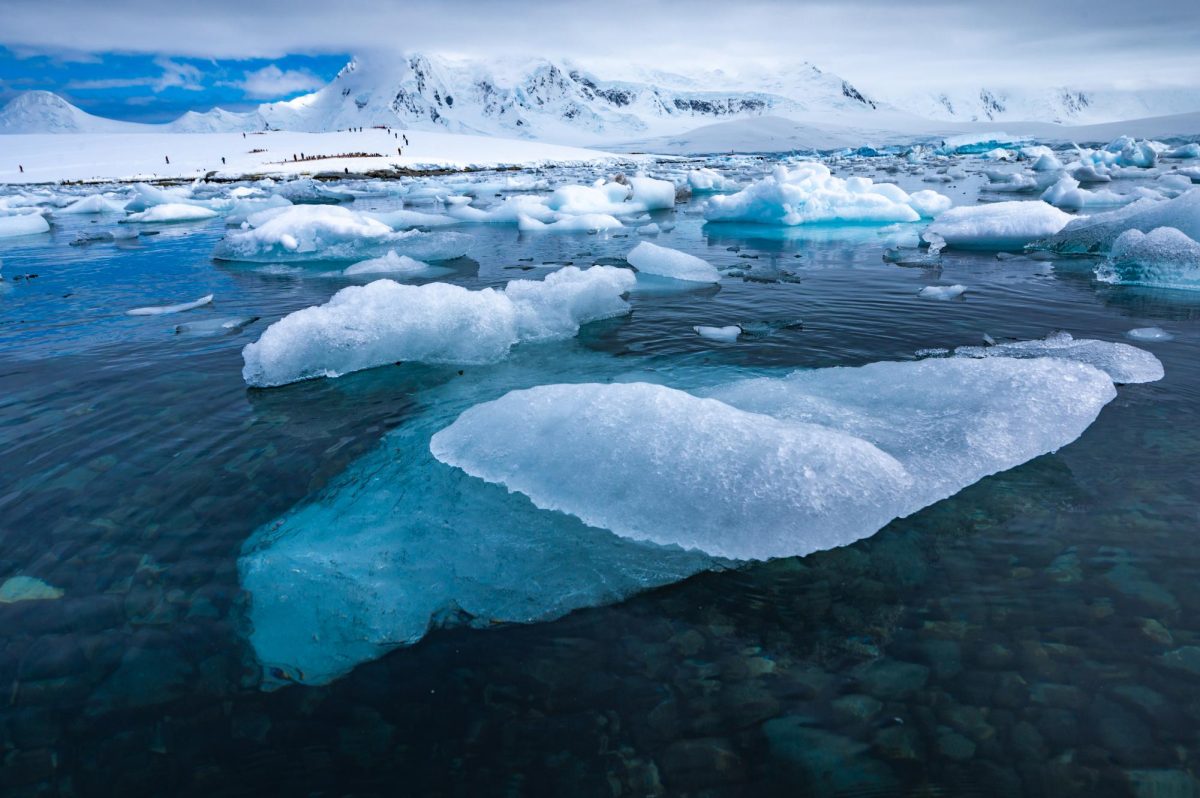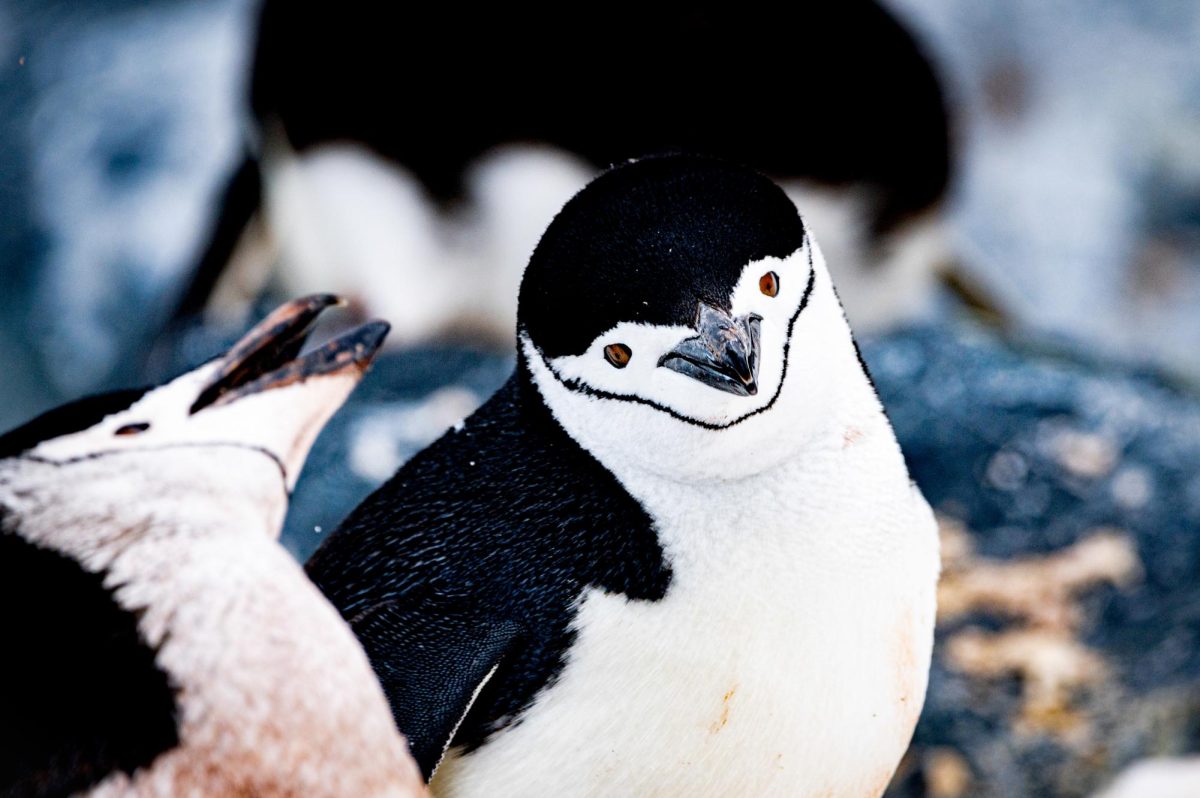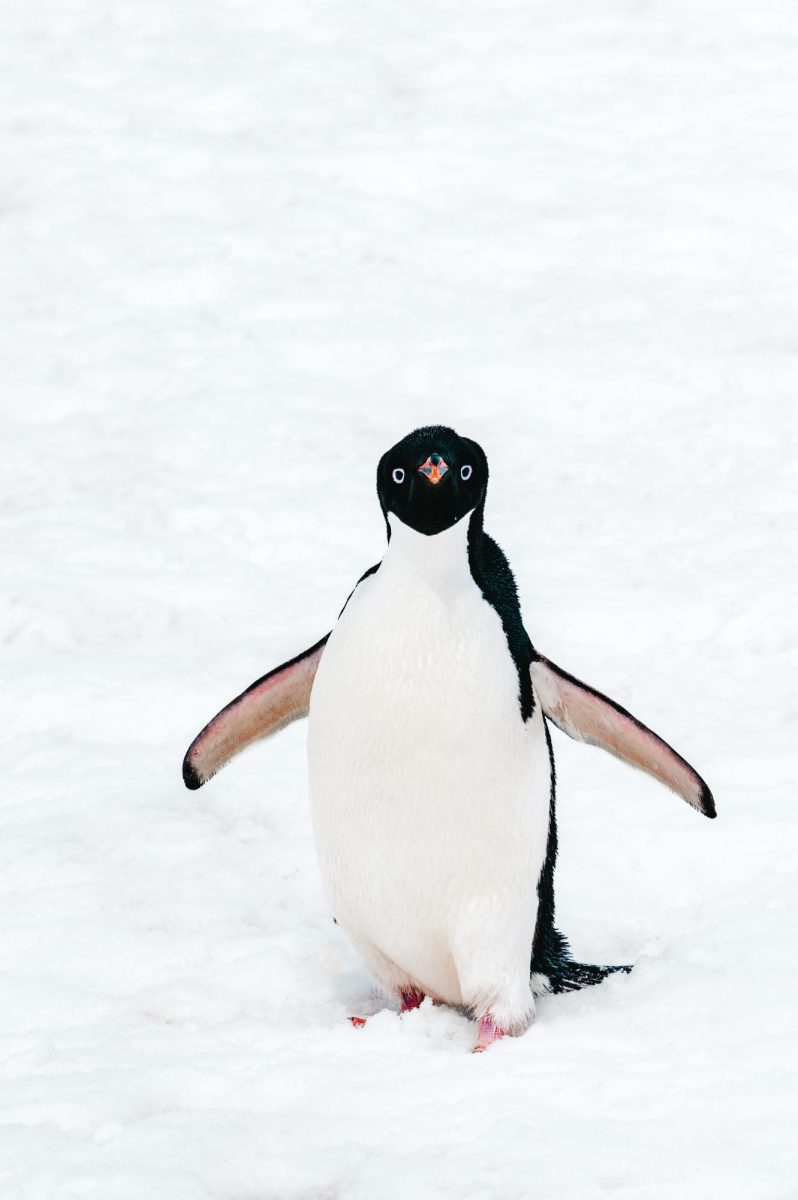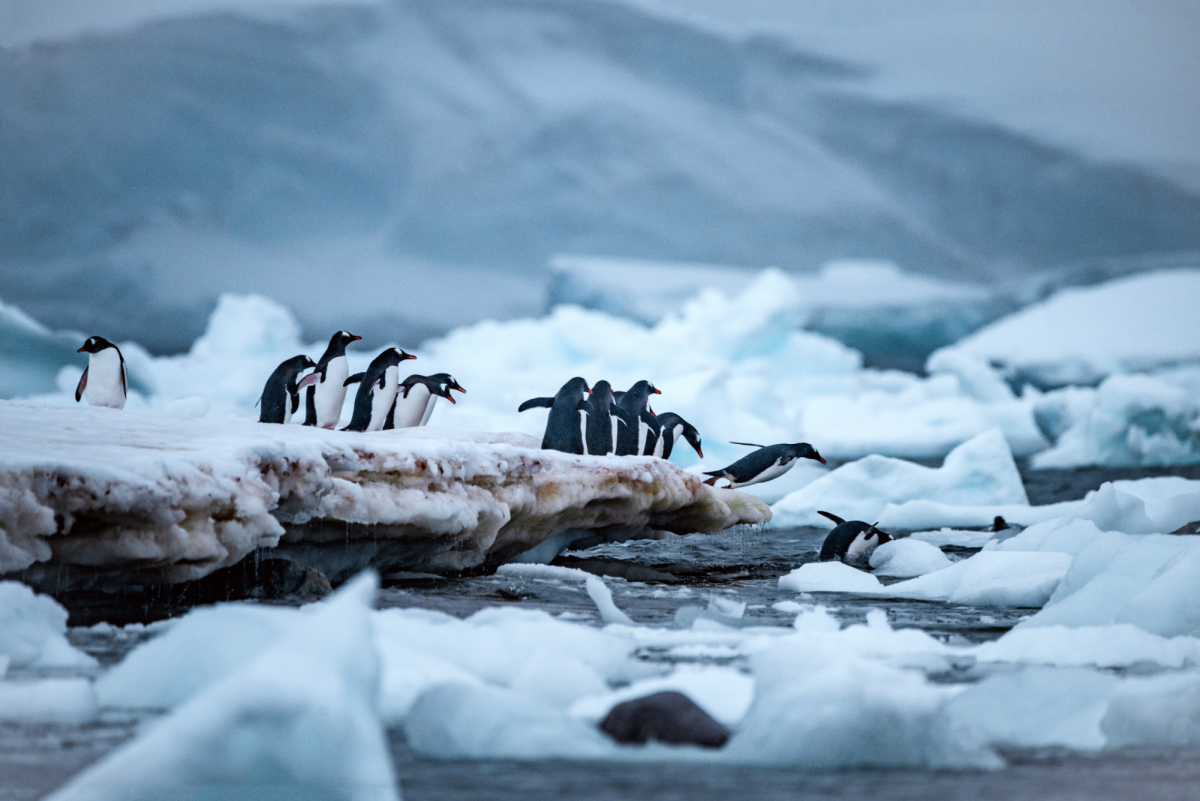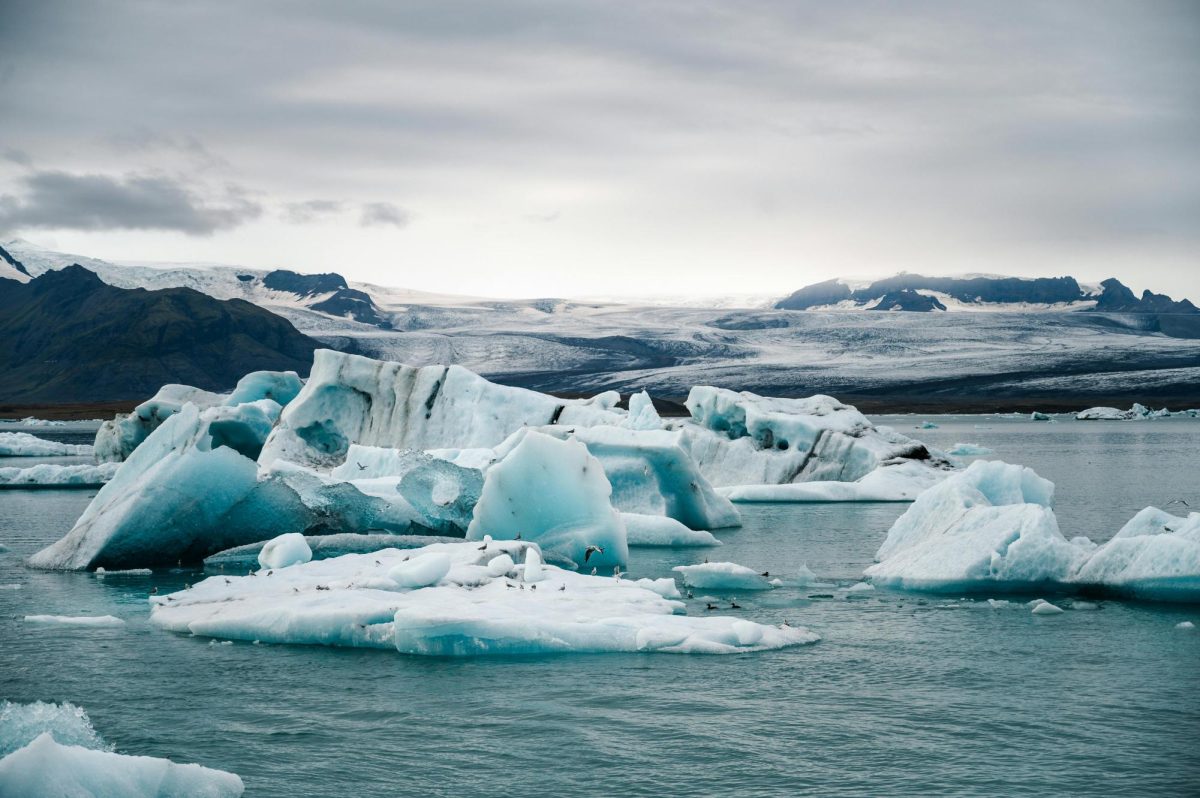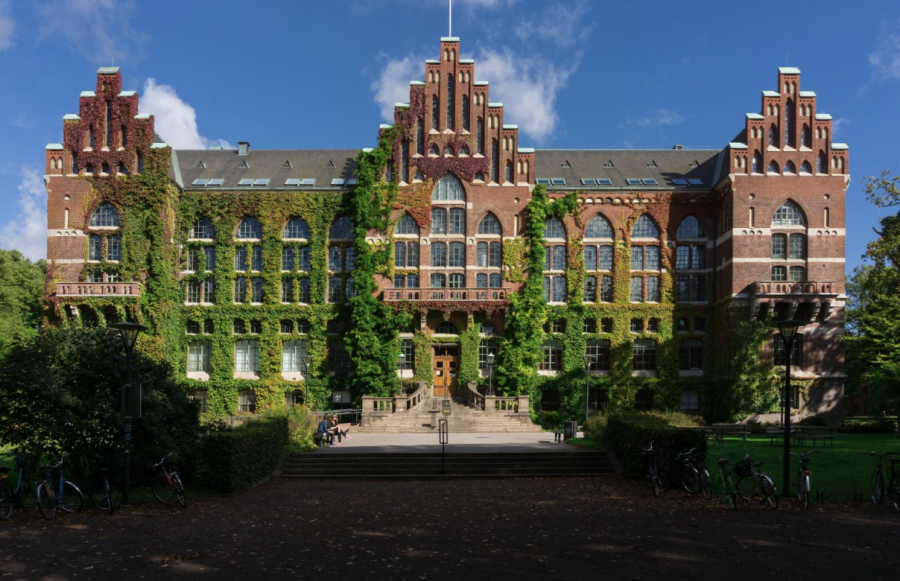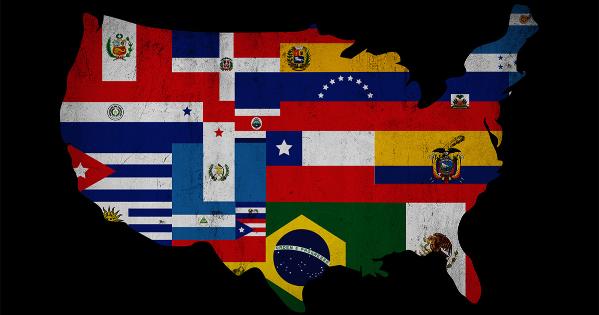This is a multi-part series.
A wilderness that belongs to no one
Antarctica is the driest, coldest, windiest, most uninhabitable place on earth, with 98% of its 5.5 million-square-mile surface area covered in ice, earning it the nickname “The White Continent.” Winter there lasts from March to October, when daylight disappears and temperatures plunge to minus 76 degrees Fahrenheit. It’s precisely the remote and inhospitable nature of this climate that has long sheltered it from tourism, until now. Over the last few decades, Antarctica has become one of the most highly sought-after destinations in the world, leading to an explosion in visitors that is forcing a reckoning within the Antarctic tourism industry and those tasked with regulating it.
According to the International Association of Antarctic Tour Operators (IAATO), the governing body in charge of overseeing tourism and enforcing The Antarctic Treaty System, the 2022-2023 season brought in approximately 105,000 tourists, the highest number ever. For context, in 2001, less than 200,000 people had visited Antarctica in total during its entire history – including explorers, whalers, etc. Many fear that this exponential growth will put the White Continent on track to become overtourism’s next victim, similar to Mount Everest, an icon now overwhelmed by the environmental consequences of overcrowding. According to IAATO, Antarctica is one of the most protected locations on earth, and according to tour operators, allowing people to experience the unfathomable beauty and vastness of this untouched wildness is the best way to create a generation of Antarctic Ambassadors. However, many wonder if existing rules and regulations are sufficient to protect this pristine landscape against the rising tide of tourism, especially when coupled with climate change’s impacts, and especially when those rules rely solely on self-enforcement.
Leave no trace
The modern era of Antarctic expedition cruise travel began in 1966 with a trip organized by Lars-Eric Lindblad aboard the Argentine ship Lapataia. Today, tourists come from many nations, mostly Western countries, and arrive through one of five gateway cities. Visitors can also visit Antarctica aboard a private vessel, with about 100 reported last year, though this number is likely higher as not all vessels report their presence, compounding the problem. Adding fuel to the already fiery opposition to tourism was the recent addition of ice-reinforced luxury ships, enabling further travel into the ice, as well as flights to King George Island, which eliminated the four-day Drake Passage crossing. Known as the roughest seas in the world, the crossing is typically undertaken only by those most passionate about experiencing this untouched wilderness, and without this costly, daunting barrier, many fear the tourism floodgates will open.
New Zealand, Australia, France, Norway, the United Kingdom, Chile and Argentina have all laid claim to parts of Antarctica. Still, the continent is governed by an international partnership involving over 56 countries, making it a wilderness belonging to no one. Like everything about Antarctica, its regulating body is one of a kind. In 1991, IAATO was set up to regulate tourism with the intent of protecting this pristine environment by enforcing The Antarctic Treaty System, a set of treaties governing human activity. The first Antarctic Treaty was signed in 1959, after which several proceeded, most notably, the 1991 Protocol on Environmental Protection.
It designates Antarctica as a “natural reserve, devoted to peace and science” and sets forth basic principles for presence, prohibiting any activities relating to Antarctic mineral resources. Neither the Protocol, nor the Antarctic Treaty will expire. However, beginning in 2048, any of the Antarctic Treaty Consultative Parties can call for a review conference into the Protocol, which could lead to more regulatory changes, for better or worse.
This language also includes important rules for tour operators, including mandating environmental impact assessments of proposed activities and compliance with numerous regulations, including those outlined in the International Code for Ships Operating in Polar Regions. Countries that sign the Antarctic Treaty meet annually in Antarctic Treaty Consultative Meetings (ATCMS) to discuss issues including environmental impacts, protected areas and tourism, with the latter topic becoming increasingly contentious over the last few decades. These annual ATCMS remain the most important decision-making forum for tourism in the Antarctic. At them, measures (legally binding) and resolutions (not legally binding) are discussed and adopted by Antarctic Treaty Consultative Parties (ACTPS). While initially concerned with keeping the continent demilitarized during the Cold War years, the Antarctic Treaty System is now focused almost entirely on environmental protection.
“The Antarctic treaty, in my opinion, is one of the world’s most successful treaties,” said James McClintock, professor emeritus in Polar and Marine Biology at the University of Alabama at Birmingham.
“Membership includes essentially all nations involved in any significant way in Antarctica. The treaty stipulates that any claim to Antarctica will be essentially ignored, no military presence is allowed, and no exploitation of minerals or oil. This renders Antarctica essentially a global continent for peace and collaborative science. If one is looking for hope for our collective future – this is a wonderful model,” he added.
The treaty also outlines important stipulations surrounding fisheries management and other environmental protections which protect the continent’s natural resources from commercial exploitation and aim to preserve them only for science. According to researchers we spoke to, these stipulations have created a culture of neutrality and shared ownership that fosters international scientific cooperation and knowledge sharing.
Yet, while the treaty system provides a regulatory framework for tourism, there are gaps that are becoming harder to ignore with its growth – chiefly, the lack of an annual cap on ships or tourists. Another glaring hole is the voluntary nature of IAATO membership for tour operators.
As Becky Ball, Ph.D., a professor at the School of Mathematical & Natural Sciences at Arizona State University, points out, “Not every nation has signed this treaty. And each country is responsible for regulating the impact of its own tourists, but not all countries have equal resources to do that. Furthermore, each tourism company is responsible for self-regulating its practices and outputs, but not all companies are equally careful, which is where the risks arise as tourism grows.”
Scott Borg, Ph.D., worked as an Antarctic researcher for several decades. He retired in 2021 from the National Science Foundation (NSF), where he held positions including program director of Polar Earth Sciences and Antarctic Geology and Geophysics and division director for Antarctic Sciences.
He echoed these concerns, “There really isn’t any enforcement mechanism, so this means it’s really only effective if all parties are willing to implement things in a cooperative way. I think there are appropriate policies and regulations in place…but those vary. And there is really no way to enforce any agreements of the ATS. And it’s not clear that an activity organized in a non-treaty nation would even feel much peer pressure to cause them to not do something that they want to do.”
Robert Jacobel, a professor emeritus in physics at St. Olaf College, spent several decades as a field researcher in Antarctica and Greenland. He stated, “The IAATO has set up a structure of voluntary cooperation that is designed to limit over-visitation and impacts to landing sites along the peninsula and sub-Antarctic islands. The key word here is voluntary, because it is both the strength, and the Achilles heel of the IAATO.”
The 2023 Helsinki ATCM acknowledged these concerns and agreed on the need for an Antarctic tourism regulatory framework, with a working group on tourism regulations and enforcement within the ATCM. Only time will tell how this plays out. As unanimous as the appreciation is for IAATO’s work over the years from the scientific and conservationist community, so too are the concerns about how IAATO can respond to breaches in their practices, especially given the impacts of climate change, the explosion in tourism, and recent surges in avian flu and other animal-borne bacteria and diseases, particularly devastating to a fragile ecosystem like Antarctica.
Will overtourism be Antarctica’s downfall?
According to the Antarctic and Southern Ocean Coalition (ASOC), the answer is yes, if we aren’t careful. No one seems to refute the comprehensiveness, or even (previous) effectiveness of IAATO’s visitor guidelines, but with membership still voluntary, no amount of IAATO rules, nor the robust policies laid out by the Antarctic Treaty System will be effective if the companies don’t enforce them, and with more than 100,000 people visiting annually, is there any way to ensure that they do? And when the stakes are as high as they are, is reliance on self-regulation enough?
The ASOC, along with most of the researchers we spoke with, said no.
As Claire Christian, executive director of ASOC explains, “Since Antarctic tourism took off around 1990, the footprint has increased substantially, and the industry has grown significantly as well. There are clear impacts on the Antarctic due to this increased human presence including on black carbon pollution, microplastic pollution, pollution from other sources including sewage and gray water discharges, other chemicals, greenhouse gases, etc. As well as wildlife disturbance, soil degradation, vegetation damage, and changes in microbial activity.”
As proof, she pointed to the ASOC IP 152 (ATCM 46), submitted to the 2024 ATCM, which reported on the Antarctic Peninsula’s ice-free zones – which exist almost nowhere else on the continent, are vital for animals, and frequented by tourists.
It stated in part, “A surrounding area with a radius of 0.5 km from the landing site coordinates was exposed to “high” human influence (9 out of 10 on their scale), while an area with a radius of 2.5 km from the same coordinates experienced a “moderate” human influence (5 out of 10).” The study found an area of “moderate tourism influence in the region 323% larger than the area protected within ASPAS.”
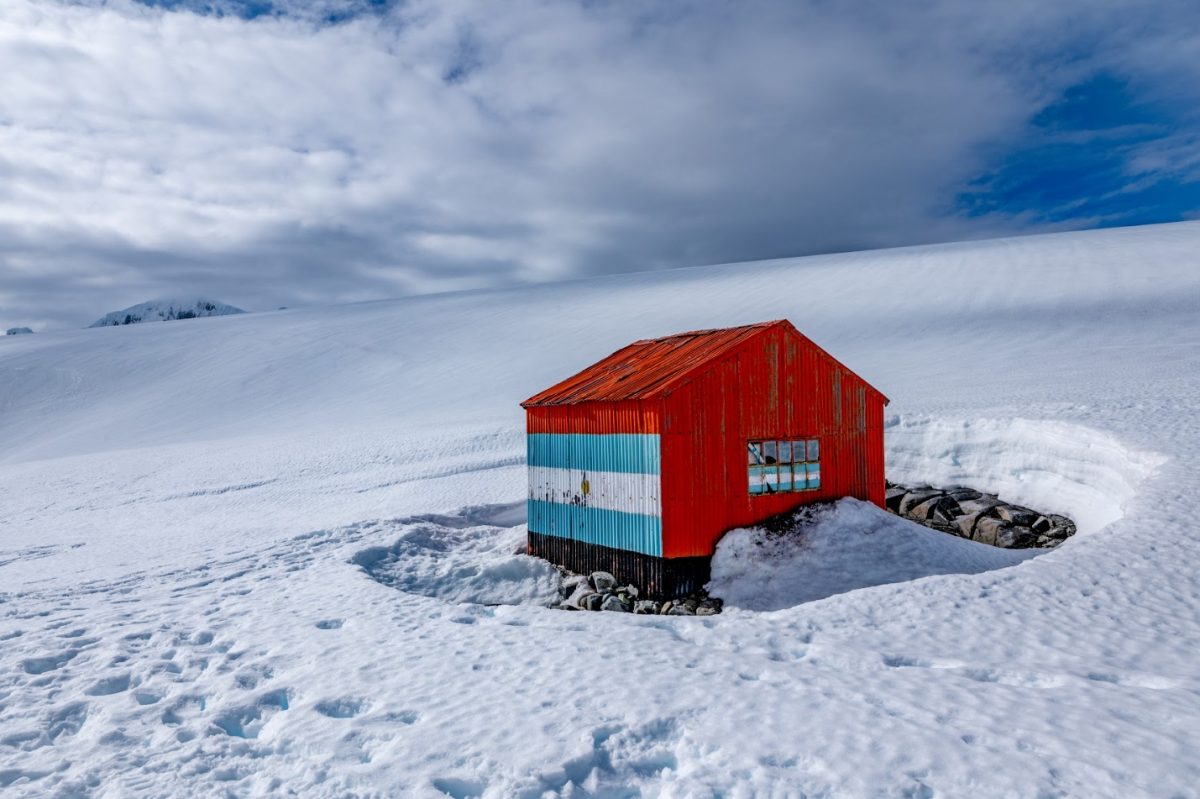
Making matters worse, from an ecological perspective, the Antarctic tourism season coincides with the breeding and growing season for many Antarctic wildlife populations, compounding the consequences of tourism concentrated on ecologically vital ice-free zones in the Antarctic Peninsula (where 80% of landings occur).
Another glaring hole is the lack of impact monitoring for tourism specifically.
As Christian states, “We know enough to know that the human presence has an impact. In other words, we do not need to demonstrate that tourism has an impact before taking precautionary action. And we do know that Antarctic tourism is growing and diversifying significantly.”
Attempts to adapt have been made, IAATO designed tools to respond to the increased visitors; however, the constant increase, coupled with the geographic concentration of visits, is simply unprecedented. A good example of best intentions falling short was IAATO’s ship scheduler, intended to coordinate maritime traffic and landings at popular visitor sites in line with the site visitor guidelines and ATCM resolutions. Initially, this tool was created with two landing time slots per day. However, as the number of ships increased, so did the time slots.
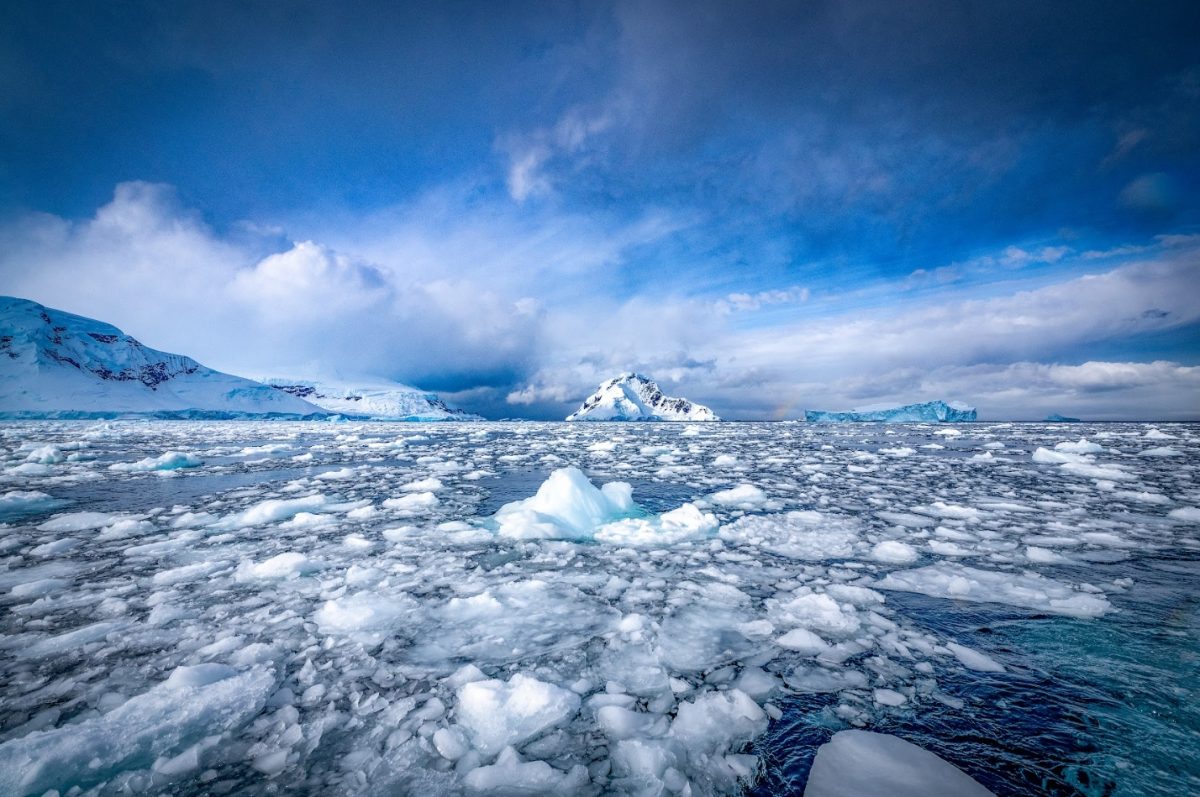
Climate change is making things even more complicated, with some arguing that ecological changes seen are actually its fault, not tourism. While it’s true that increases in tourism have occurred simultaneously with climate change, which complicates differentiating the impacts of each, the geographic concentration of tourism in the Antarctic allows for comparison between those areas and those untouched. That said, one area where the two are inextricably linked is invasive species. Here, tourism and climate change can act in a fatal one-two punch to this fragile wilderness, with visitors exponentially increasing the risk of foreign organisms and climate change making it more likely that they survive.
Perhaps surprisingly, the general consensus among the scientific community is actually not that tourism should be discontinued. Dr. Nick Teets is an associate professor at the Department of Entomology at Martin-Gatton College of Agriculture, Food and Environment, University of Kentucky. His sentiment was shared by many.
“I would like to see ecotourism continue in Antarctica, but I would like to see stronger regulation. The growth in ecotourism has been exponential, and that unchecked growth doesn’t lend itself to carefully evaluating impacts and making informed decisions. I would like to see limits on the amount of activity and universal precautions for those activities, including increased standards for emissions and biosecurity,” Teets said.
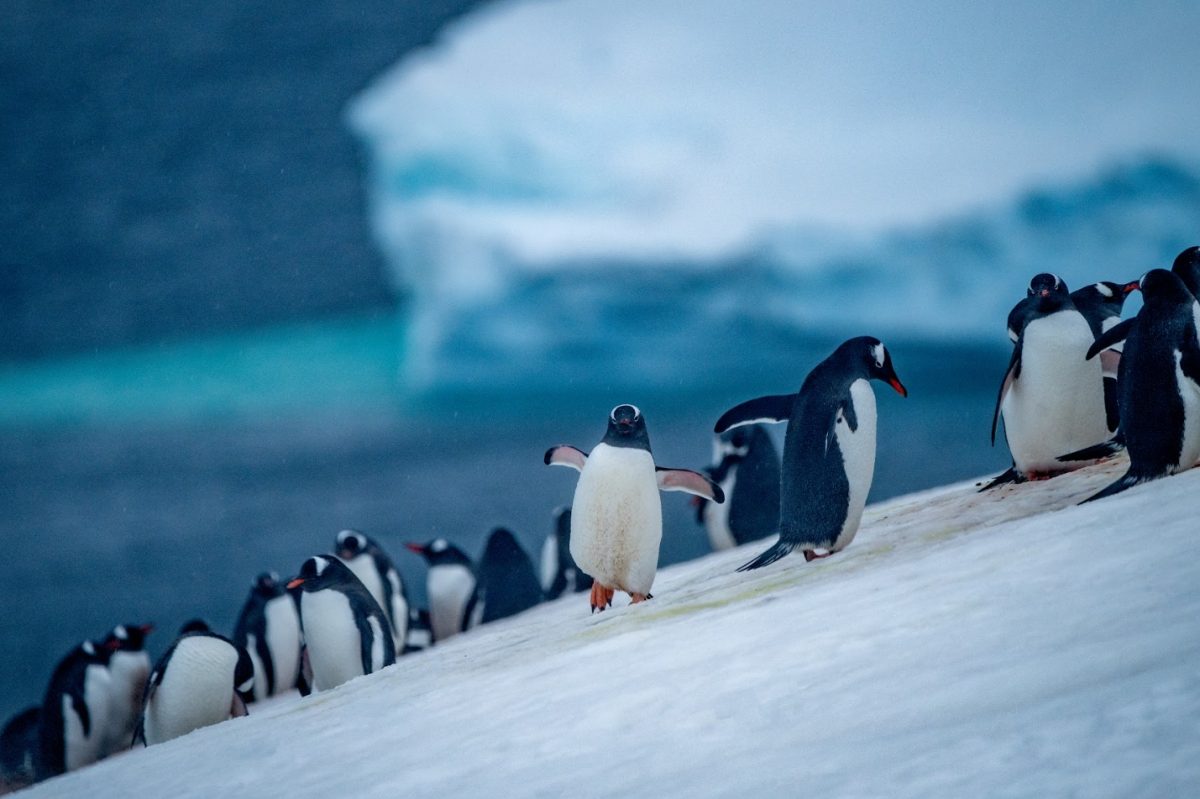
Dr. Ricardo Roura is a senior ASOC adviser. He said simply, “Whatever rules are in place now allow the industry to operate with some conditions but without significantly restricting what they do. Anything that is not prohibited is in principle allowed.”
Organizations like ASOC are often written off as being against tourism, but it’s not that simple.
As Christian explains, “ACOC is not seeking to ban Antarctic tourism… But visiting is a privilege, not a right, and the ATCM needs to take action to manage the activity more effectively. We cannot continue to have a situation like we do at present where there is no real plan in place for managing visits and the environmental impacts of those visits, and no systematic approach to monitoring visitor impacts. Most major ecotourism sites around the world are carefully managed, whether that means limiting numbers or restricting visits to particularly sensitive areas… Antarctica deserves better.”
“Isn’t ecotourism a misnomer?” Roura asked.
“It emphasizes what tourists largely go to see – the “eco” part of ecotourism – but it does not necessarily imply that the operations themselves are ecologically minded. Or rather: they are ecologically minded to a certain degree, but the priority is always for the tourism industry to be able operate in Antarctica largely unimpeded. Also, some of the standard tourism practices, while commonly accepted as best practices, could be examined critically. For instance, why has it become normalized that a large group of people – around 100 – can enter a penguin colony?” he asked.
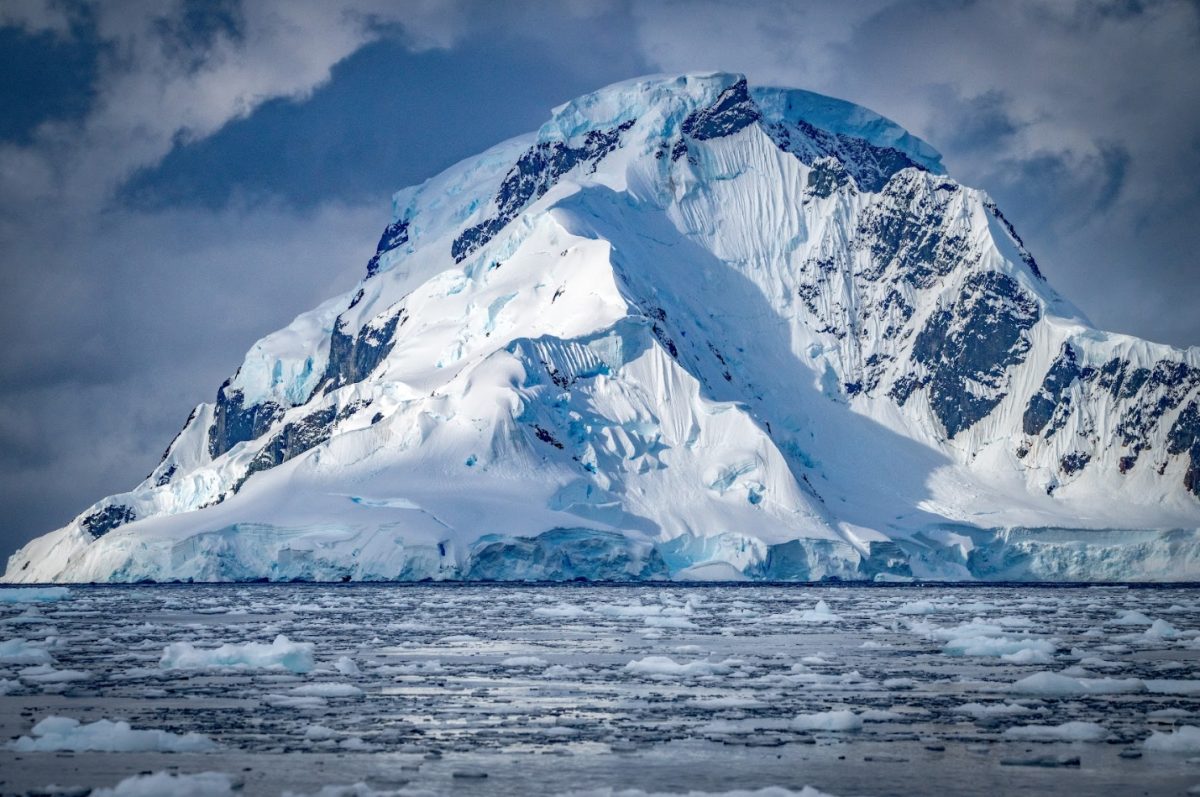
To be fair, most tour companies enforce protocols for passengers before and after shore visits to mitigate the risks of their presence, including vacuuming and sanitizing materials and forbidding passengers from having any contact with the ground (so, no sitting or even crouching). They also restrict passengers from going near penguin habitats or highways — official routes that colonies create to move around. This is all in an effort to avoid transmission of the deadly avian flu and other foreign organisms. Unfortunately, without close monitoring, it’s impossible to know if these measures are being adopted across the board, let alone know if they are sufficient to actually protect this fragile ecosystem.
This is Part 1 of a multi-part series.

